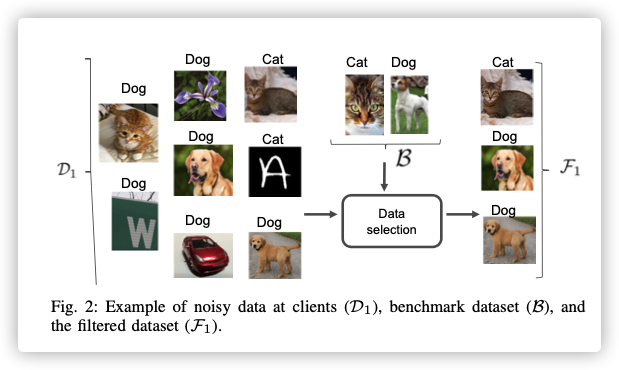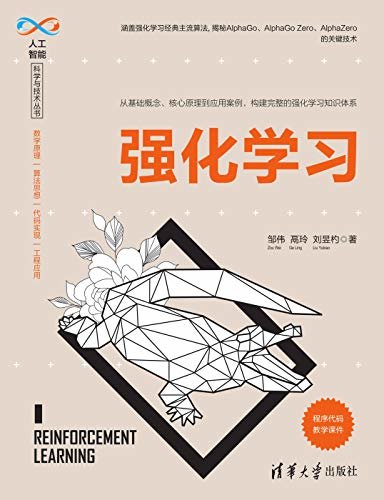A Comprehensive Introduction to Label Noise
0x00 Abstract
In classification, it is often difficult or expensive to obtain completely accurate and reliable labels. Indeed, labels may be polluted by label noise, due to e.g. insufficient information, expert mistakes, and encoding errors. The problem is that errors in training labels that are not properly handled may deteriorate the accuracy of subsequent predictions, among other effects. Many works have been devoted to label noise and this paper provides a concise and comprehensive introduction to this research topic. In particular, it reviews the types of label noise, their consequences and a number of state of the art approaches to deal with label noise.
0x01 Introduction
In classification, it is both expensive and difficult to obtain reliable labels, yet traditional classifiers assume and expect a perfectly labelled training set.
导致错误标签的几种场景:
- 现有信息不足以设置可靠的标签。语言描述过于局限、数据质量很差。
- 专家标签时的失误。
- 标签的主观性,不同的人看待同一事物可能存在不同的意见。
- 通信传输或编码时,导致标签产生错误
三种缺失值的情况:
- 完全随机缺失 (Missing completely at random, MCAR)
缺失数据发生的概率与任何值均无关,包括观测到的与缺失的值 - 随机缺失 (Missing at random, MAR)
缺失数据发生的概率与观测到的其他变量的值有关,但与它本身的值无关,例如体重信息是否缺失与性别变量有关,女性群体体重信息缺失的概率更高 - 非随机缺失 (Not missing at random, NMAR)
缺失数据发生的概率与它本身的值有关,例如学历信息缺失的群体往往是学历最低的群体,是不可忽略的缺失形式
一定程度上,标签缺失也可以理解为一种标签错误,下文用Label Noise(标签噪声)统一代指。
0x02 Consequences of Label Noise
- Label noise decreases the prediction performances
- Boosting is also well known to be affected by label noise .
- The number of necessary training instances may increase, as well as the complexity of inferred models.
- The observed frequencies of the possible classes may be altered, which is of particular importance in medical contexts.
- Other related tasks like feature selection or feature ranking are also impacted by label noise.
主要影响:
1.因为标签噪声,降低模型准确率(主要是指分类模型,不特指分类模型,会把第三点包含)
2.需要更多的数据训练模型(感觉这句话的意思,加大数据量,降低标签噪声的占比),相关模型的复杂度可能会增加(模型在处理数据时,可能将噪声作为特征训练)
3.用于数据收集的模型,如果此类中标签噪声可能导致对某类样本的数量增加。比如将“9”一直标记成“6”
0x03 State of the Art Methods to Deal with Label Noise
There exist three types of approaches in the literatures:
- label noise-robust models,
- data cleansing methods
- label noise-tolerant learning algorithms.
1. Label Noise-Robust Models
From a theoretical point of view, learning algorithms are seldom completely robust to label noise, except in some simple cases.
某些方法在特殊情况的健壮性会比较好,这种方法缺少一般性
2. Data Cleansing Methods
A simple method to deal with label noise is to remove instances that appear to be mislabelled.
阈值:设置异常度量,超过异常阈值删除复杂度:删除不成比例增加模型复杂度的实例(?怎么理解?)分类器:删除被分类器误分的实例(这样会删除大量的数据,而且还和分类器的准确度相关)投票过滤:所有的学习者对其投票,一致(或多数)学习者同意将其移除(多个学习者?分布式?)其他过滤:对学习有比较大影响的实例会被删除,或者看起来很可疑的数据kNN-based: 启发式方法,减少邻居(这些邻居的删除不会影响其他实例错误分类)权重:AdaBoost会给错误标签实例分配较大的权重,以此来挑选标签噪声半监督学习:删除实例的标签而不是实例,以此进行半监督学习
3. Label Noise-Tolerant Learning Algorithms
In the probabilistic community, some authors claim that detecting label noise is impossible without making assumptions.
- 优先级考虑
- 概率方法
- 频率方法
- 非概率的模型:如神经网络、支持向量积。。
不适合看这类,烧脑。。。



